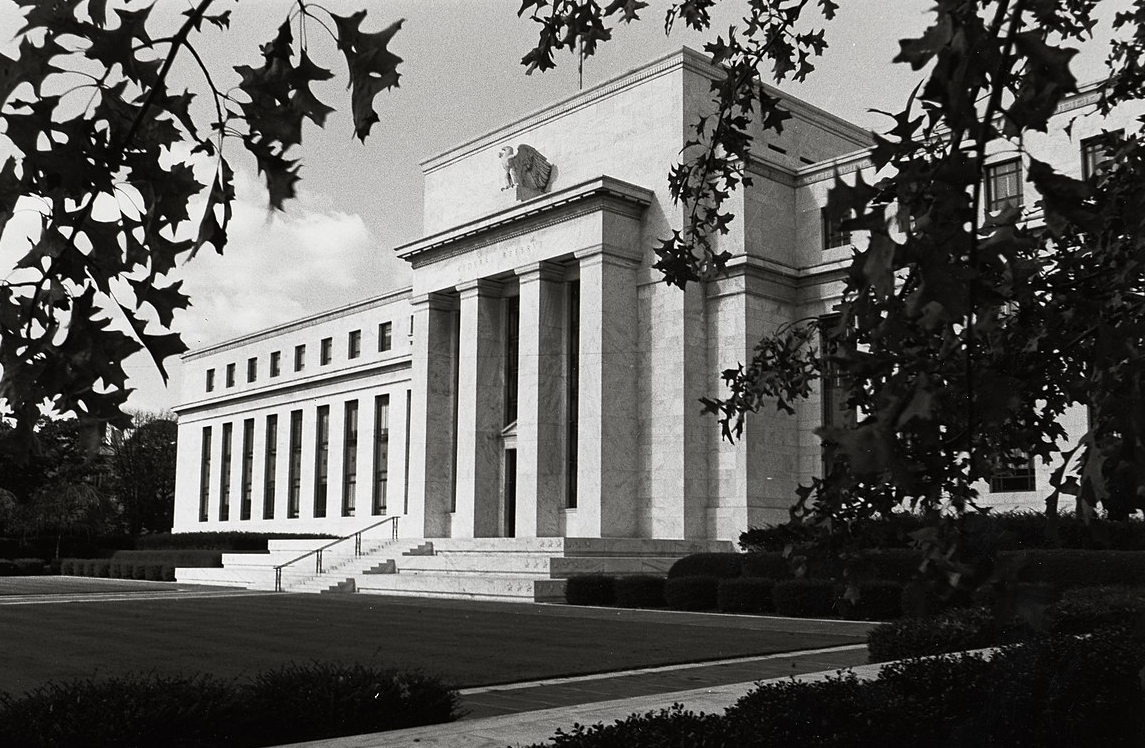Mr. Tarrio’s case seems particularly vexing given his Afro-Cuban heritage, but being Hispanic does not insulate you from racism. Some people simply “don’t see themselves as what they are,” Ana Navaro said on “The View” in May. Maybe that’s because what we “are” doesn’t fit neatly in a box. For many of us, filling out a job application or medical form can lead to an existential crisis. As a brown-skinned, curly-haired Latina what I “am” often depends on the context, or my mood: “Black,” “Other” or “Prefer not to say.” Government forms often clarify that “Latino” is not a race, but rather a racially diverse pan-ethnic group. And yet, in practice, we are routinely racialized and treated as nonwhite. Just look at the census, which states that Hispanic populations can be of any race, but then clearly distinguishes between those who identify as Hispanic and white, and those who are “White Alone, Not Hispanic or Latino.” The implication being that if you’re Hispanic, and also white, then you’re at best a different, not quite so American shade of pale.
Mr. Tarrio himself employed this logic in his defense, claiming that he cannot be a white supremacist because he is of Cuban descent. Instead, he and his fellow Proud Boys call themselves “Western chauvinists.” The 2019 documentary “The Right-Wing Latinos of Miami” sheds insight on the mind-set of these white-identifying Latinos. In it, a Latino Proud Boy argues that Latin Americans are essentially “displaced Spaniards.”
While this claim may seem ridiculous, it speaks to the deep history of Hispanophilia and Eurocentrism in Latin America. Just as “Western chauvinists” in the United States cling to their European heritage by celebrating Celtic culture, many Latinos hold onto Eurocentric standards of beauty, aesthetics and culture.
It should come as no surprise that some Latinos are racist. After all, Eurocentrism and racism has been a hallmark of most Latin American nations. This has historically included race-based immigration policies, bans on mixed-race marriages, state-sanctioned “ethnic cleansing,” and other more nuanced forms of discrimination against people with Black and Indigenous ancestry.
The Dominican and Haitian relationship, marked by racial violence like the 1937 massacre that led to the execution of as many as 20,000 Haitians and recent citizenship restrictions and deportation campaigns that rival those of the Trump administration, serves as a prime example. The Dominican Republic is far from an isolated case.
















